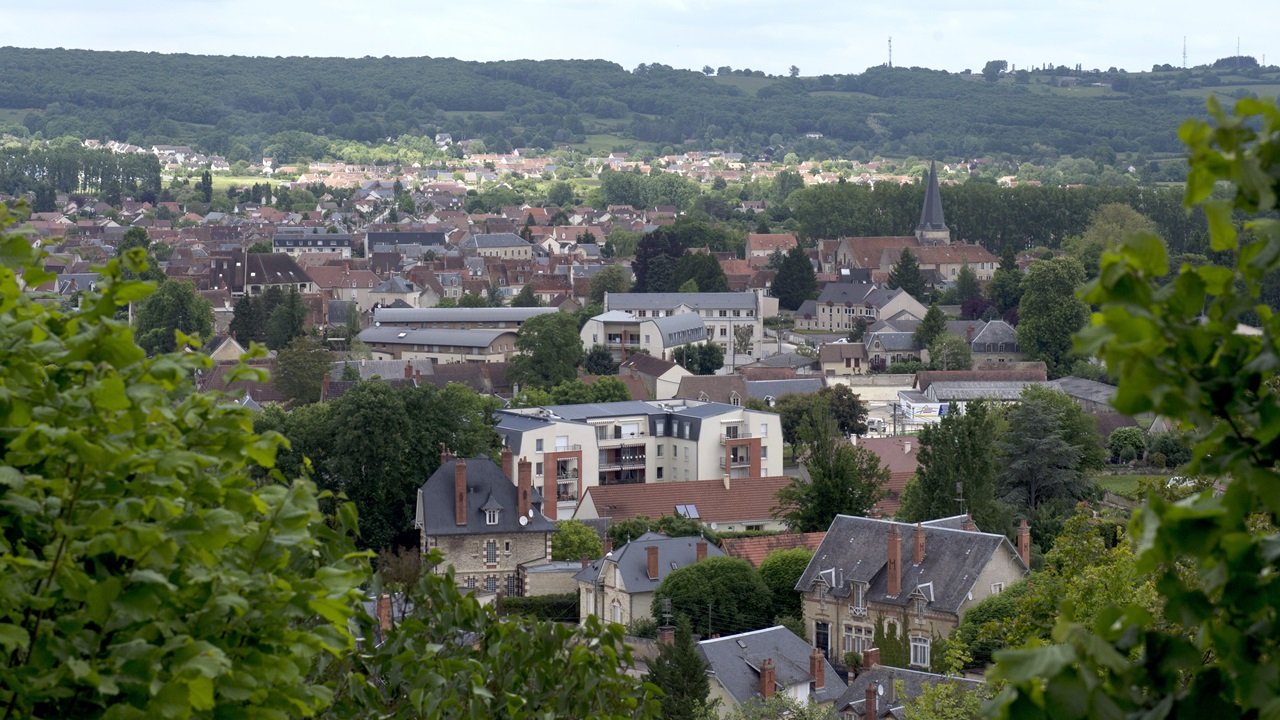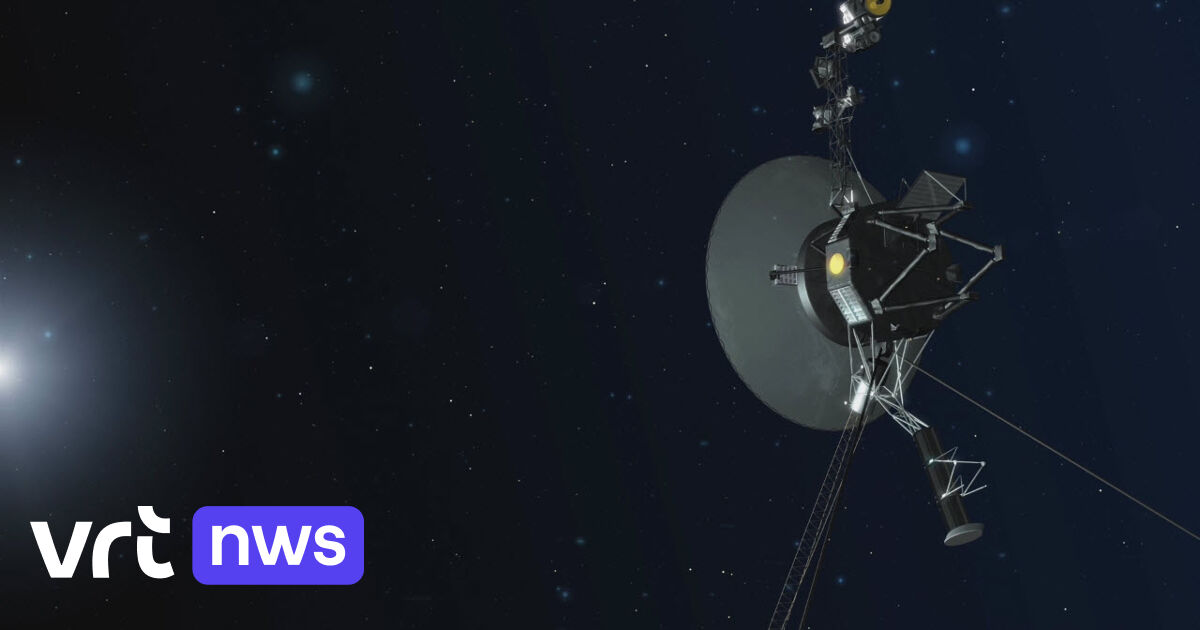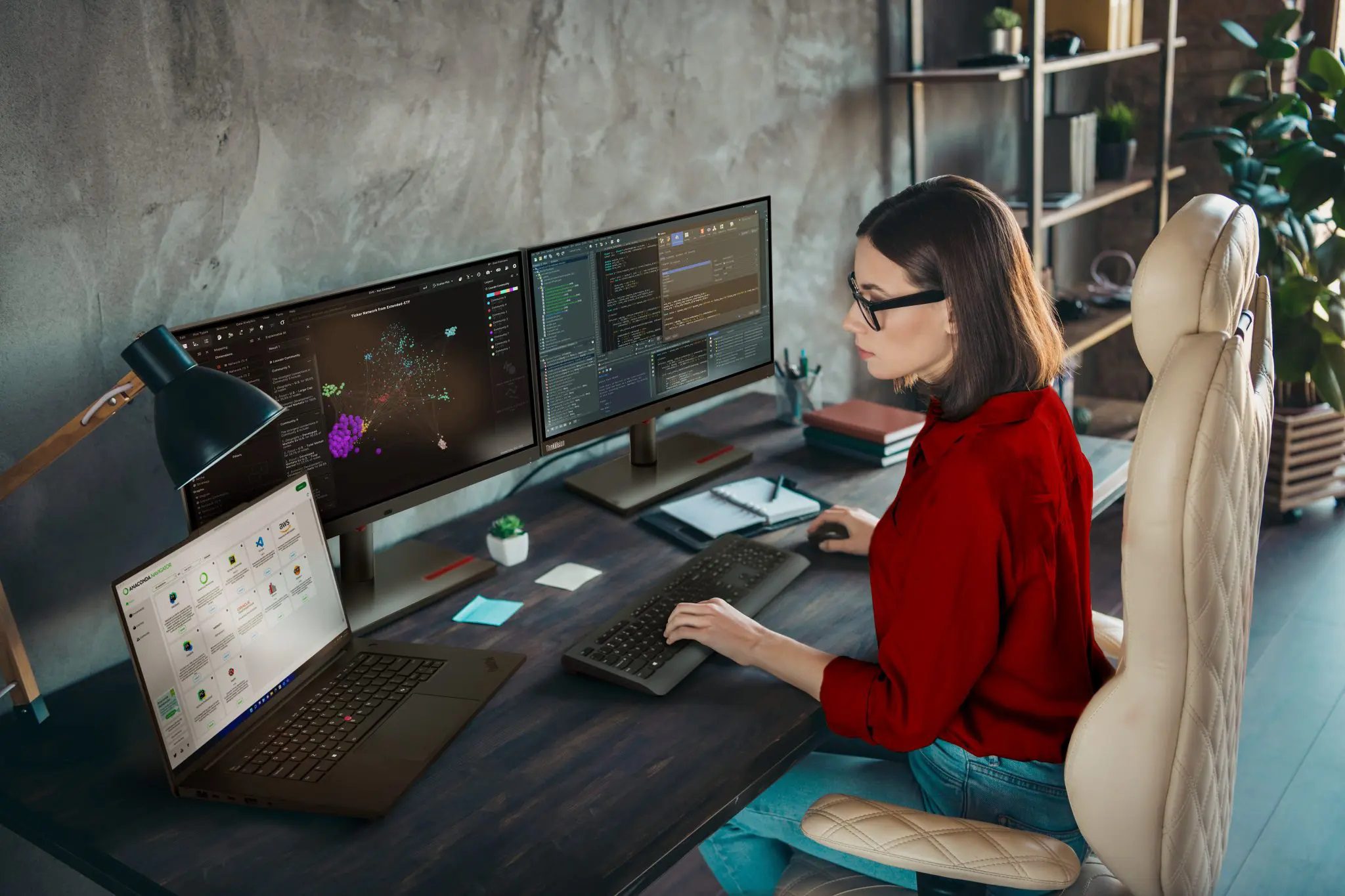Robotic bees, it sounds a bit miserable, but they could eventually save entire ecosystems.
The little robots have to stimulate the queen bee to lay more eggs, for example, by giving her the right food at the right time.
Queen bee
So don’t expect to encounter hordes of bee robots in the wild anytime soon, this is a very specific intervention. “We want to influence the entire ecosystem by interfering with one animal, the queen bee,” explains roboticist Farshad Arvin from Britain. Durham University. “For example, if we can determine when eggs are laid at the right time, we will have healthier offspring and more active and healthy bee colonies. This is better for pollination.”
And this is important, because we need honey bees to pollinate at least three-quarters of crops worldwide. Although the bee population is not currently declining, a quarter of the bee species that were still abundant in the 1990s have nearly disappeared.
Bee robot RoboRoyale Project Beekeeping should improve. Unique to the project is the focus on the queen bee rather than the entire colony. Focusing on one animal can affect an entire ecosystem and may affect hundreds of millions of organisms.
Queen bee
The automated system, which the researchers plan to test in the coming months, will learn how to entice the queen to lay as many eggs as possible and produce pheromones over time. These scent hormones affect the entire bee colony. The system has already been tested in artificial glass beehives in Austria and Turkey with bee replicas of the so-called court bees that usually interact with the queen.
Among other things, the robot bees will try to bring protein-rich food to the queen at a certain time, so that she will lay more eggs. As a result, there are more bees and therefore more pollination in the surrounding ecosystem.
detailed image
The automated system provides six to eight robotic bees, some of which carry small cameras. Currently the animals are still being sent to the hive from outside, but eventually have to fly completely independently.
To control the robotic bees, the research team monitored queen bees from different hives with cameras to gain more insight into their behaviour. The researchers recorded more than 150 million routes that the queens traveled within their hive. There are also detailed photos of social interaction with other bees.
Not only should robotic bees improve apiaries worldwide, the researchers say, but they also provide insight into the potential of biohybrid technology, not only in bees but also in other organisms.
Wide wooden web
For example, another project works as a hybrid of a robot and a living organism. Italian scientists worked from Genoa With the iWood Project To improve what they call Wood Wide Web. This consists of plant roots that are connected underground by a mycelium, a symbiotic network of threads, which supplies them with nutrients. To find ways to stimulate the growth of this network, shape-shifting soft robotic roots that adapt and interact with real plants and fungi have been developed. The robot carrot has a tiny 3D printer on its end so it can grow and branch in response to things like temperature, humidity, or nutrients.
Twisted roots
The aim is to make the natural symbiosis between fungi and roots as efficient as possible. The first greenhouse trials will start at the end of the year. The roots of the robot can be programmed to move independently with the help of sensors. Just like real roots or earthworms wriggling underground, artificial roots will also look for passages through which they can move more easily, because the soil is softer or less compacted.
But there are also drawbacks to combining robots with nature. For example, bees are sensitive to foreign objects in their hive. They will want to remove it or smear it with wax. This makes it difficult to use stickers to keep track of them: after all, they have to resemble real bees as closely as possible.
The main role of robots
However, British and Italian roboticists believe that robotics and artificial intelligence will play a major role in maintaining ecosystems in the long term. This is partly because technology makes it possible to get close to animals or plants and thus better study the unknown interactions between plants, animals, and the environment.
For example, the underground network of roots of plants and fungi is of great importance for maintaining a healthy ecosystem and limiting global warming, because it stores carbon. Bot roots can provide insight into how to better protect and grow these networks. Biomimicry through robotics and technology will play an essential role in saving our planet.

“Thinker. Coffeeaholic. Award-winning gamer. Web trailblazer. Pop culture scholar. Beer guru. Food specialist.”






More Stories
Lenovo launches new “AI-ready” ThinkPad workstations.
Telltale Games says The Wolf Among Us 2 isn't dead and releases new in-game screenshots as proof
It seems that scientists finally know what happens to methane on Mars